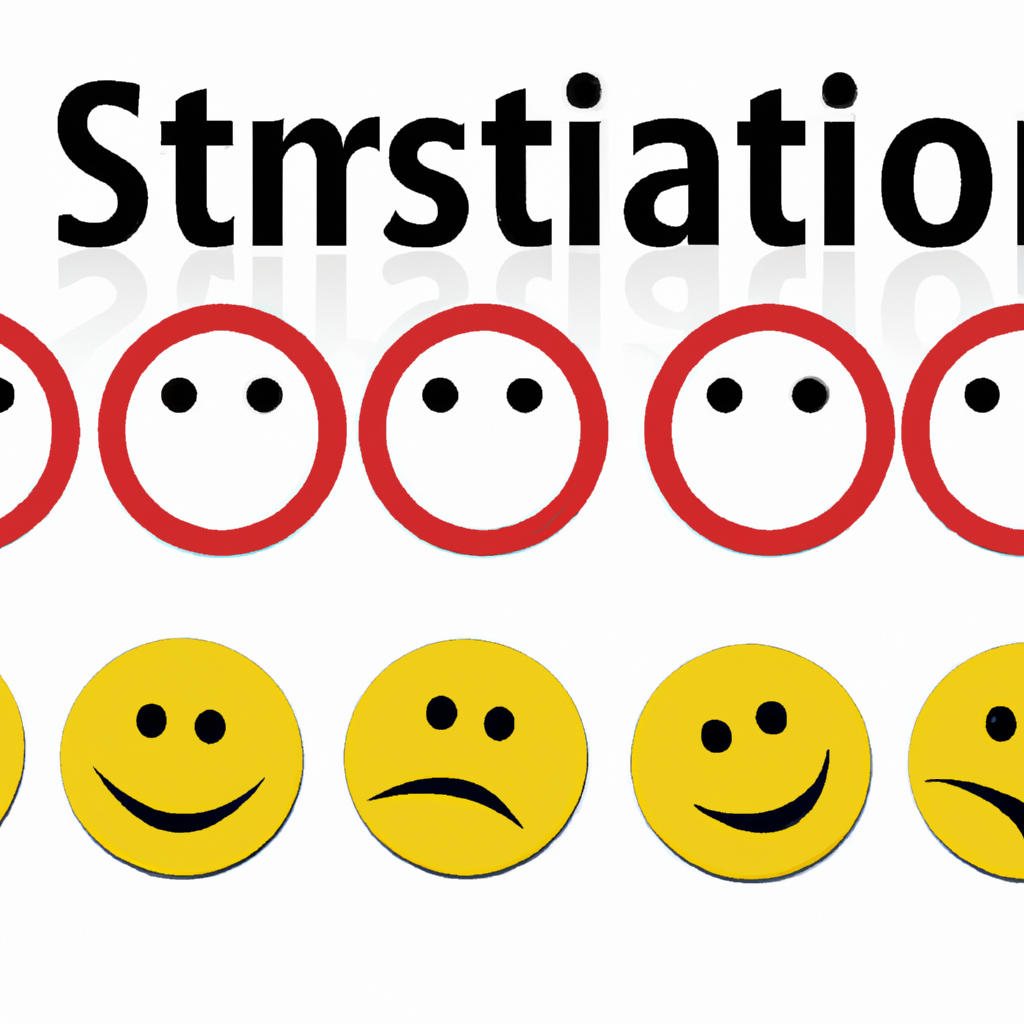Customer Satisfaction Ratings: A Key Metric for Business Success
Introduction
Customer satisfaction ratings are a crucial metric that businesses use to measure and evaluate the level of satisfaction customers have with their products or services. These ratings provide valuable insights into customer preferences, expectations, and overall experiences, allowing companies to make informed decisions and improve their offerings. In this article, we will explore the significance of customer satisfaction ratings and how businesses can utilize them to drive success.
Understanding Customer Satisfaction Ratings
Customer satisfaction ratings are typically obtained through surveys, feedback forms, or online reviews. These ratings are expressed numerically or through a scale, such as a 1-5 rating or a percentage. They reflect the overall satisfaction level of customers based on various aspects of their interactions with a company, including product quality, customer service, pricing, and delivery.
Importance of Customer Satisfaction Ratings
Customer satisfaction ratings are essential for several reasons:
1. Identifying strengths and weaknesses: By analyzing customer satisfaction ratings, businesses can identify areas where they excel and areas that need improvement. This feedback helps companies focus their resources on enhancing the aspects that matter most to their customers.
2. Retaining customers: Satisfied customers are more likely to become loyal customers. High customer satisfaction ratings indicate that customers are happy with their experience, increasing the chances of repeat business and customer loyalty.
3. Attracting new customers: Positive customer satisfaction ratings act as testimonials for potential customers. When a company has a strong reputation for customer satisfaction, it becomes an attractive choice for new customers seeking reliable products or services.
4. Enhancing brand image: A high customer satisfaction rating contributes to a positive brand image. Customers perceive companies with high ratings as trustworthy, reliable, and committed to meeting their needs. This positive perception can lead to increased brand loyalty and advocacy.
Utilizing Customer Satisfaction Ratings
To make the most of customer satisfaction ratings, businesses can follow these steps:
1. Collect feedback: Implement mechanisms to collect customer feedback, such as surveys, feedback forms, or online review platforms. Make it easy for customers to provide their opinions and encourage their participation.
2. Analyze the data: Once feedback is collected, analyze the data to identify patterns and trends. Look for common themes in customer satisfaction or dissatisfaction to determine areas of improvement.
3. Address issues promptly: If any issues or concerns are identified through customer satisfaction ratings, take immediate action to address them. This might involve improving product quality, enhancing customer service training, or streamlining processes to meet customer expectations.
4. Communicate improvements: After addressing customer concerns, communicate the improvements made to customers. This demonstrates that their feedback is valued and helps rebuild trust and loyalty.
5. Monitor and iterate: Continuously monitor customer satisfaction ratings to track progress over time. Regularly evaluate and iterate on strategies to ensure ongoing improvement and customer satisfaction.
Conclusion
Customer satisfaction ratings are an invaluable tool for businesses to gauge customer sentiment and drive success. By understanding and utilizing these ratings effectively, companies can identify areas of improvement, retain existing customers, attract new ones, and enhance their overall brand image. Prioritizing customer satisfaction is a key ingredient for long-term business growth and prosperity.
